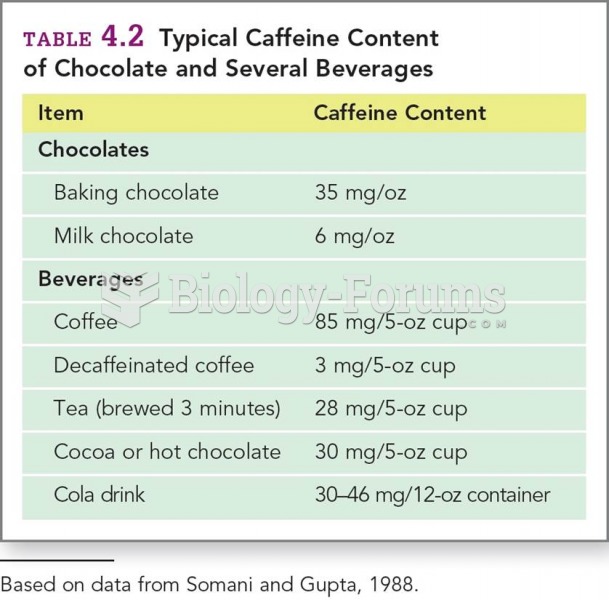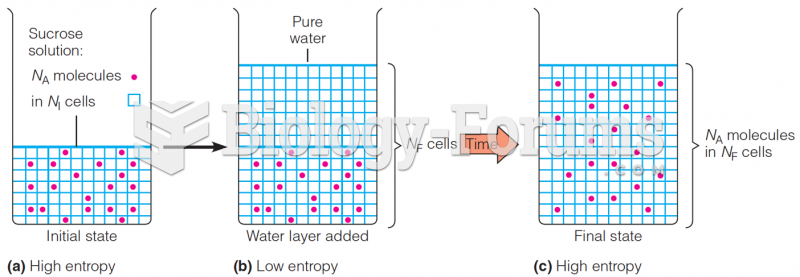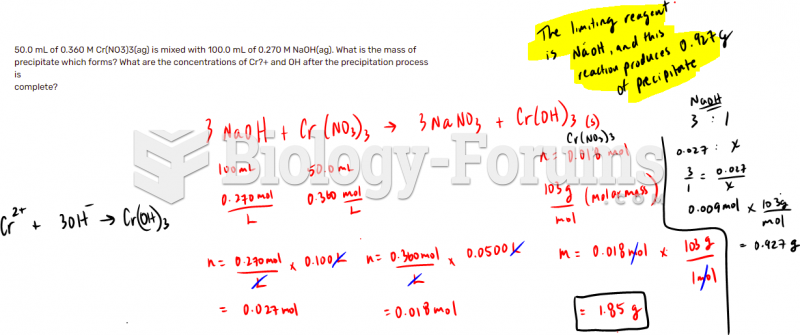Answer to Question 1
Typically, when an appeal is first filed, the HR department serves as a mediator between the employee and the supervisor. An appeal sent to the HR department is usually called a Level 1 or Level A appeal. The HR department is in a good position to judge whether policies and procedures have been implemented correctly and also has good information about the various jobs, levels of performance expected, and levels of performance of other employees within the unit and organization. The HR department gathers the necessary facts and brings them to the attention of either the rater to encourage reconsideration of the decision that caused the appeal or to the complainant to explain why there have been no biases or violations.
If the supervisor does not believe corrective action should be taken or if the employee does not accept the HR decision, and the appeal continues, then an outside and unbiased arbitrator makes a final and binding resolution. This is usually called the Level 2 or Level B appeal. This arbitrator can consist of a panel of peers and managers. The panel reviews the case, asks questions, interviews witnesses, researches precedents, and reviews policy. Then, they simply take a vote to make the decision. In some cases, the vote represents the final decision. In other cases, the vote is forwarded to a high-level manager (vice president or higher level) who takes the panel's vote into consideration in making the final decision.
Answer to Question 2
The characteristics of a good 360-degree feedback system are:
A . Anonymity
B. Observation of employee performance (by raters)
C. Feedback interpretation
D. Follow-up
E. Used for developmental purposes only
F. Avoidance of survey fatigue
G. Emphasis on behaviors
H. Raters go beyond ratings and provide explanations
I. Raters are trained







